Money
The rare 1943 copper penny
1943 copper pennies are among the most-sought after coins by collectors. In 2010, one of them sold for $1.7 million. Although around $200,000 seems to be what most of them fetch.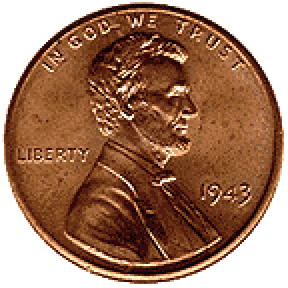
The reason for their value is that so few of them exist. In 1943, due to the war, pennies were made out of zinc-coated steel. But somehow approximately 40 copper ones were made by accident.
For several decades the US Mint denied the existence of 1943 copper pennies (see news clipping below). It wasn't until a few showed up, and were authenticated by experts, that the mint changed its tune. Now it states:
Some strange rumors have circulated about the 1943 copper pennies. Such as that if you found one the Ford motor company would give you a free car. Not true, though if you find one, you could afford to buy quite a few cars. And a few of these pennies are potentially still in circulation.
More info: definition.org
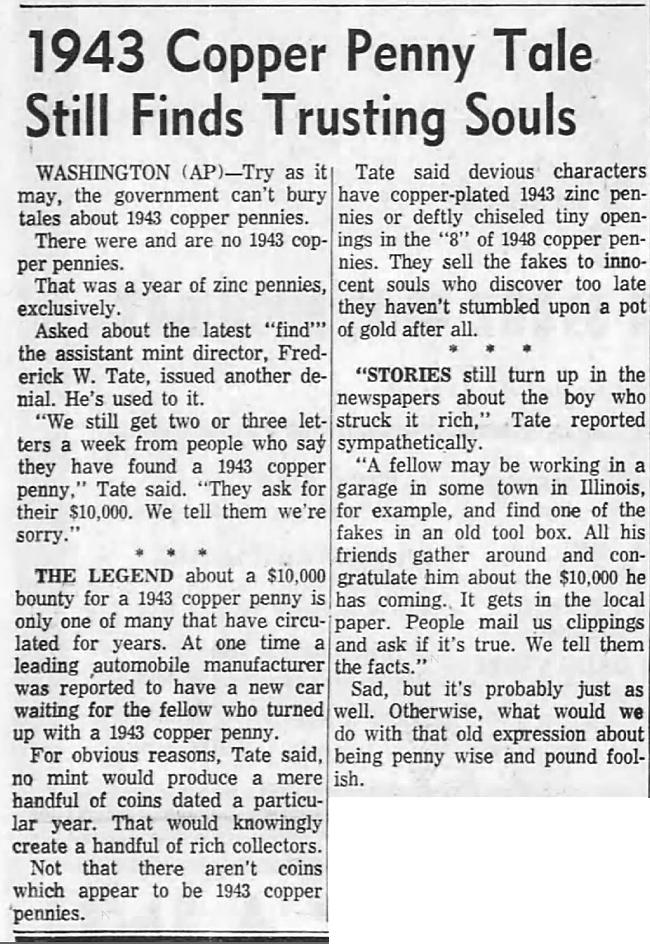
Battle Creek Enquirer - Mar 7, 1963
Posted By: Alex - Mon Jul 13, 2020 -
Comments (3)
Category: Money, Collectors, 1940s
The 1902 penny craze
Sometime in late 1902, a rumor began to circulate that a worker at the mint, while making the 1902 pennies, had accidentally dropped a bar of gold into the copper. As a result, the 1902 pennies were worth more than a penny. The treasury would supposedly pay up to 18 cents for each penny. So people began frantically hoarding and stockpiling the 1902 pennies.Despite frequent denials by the treasury, the rumor persisted as late as the 1960s.
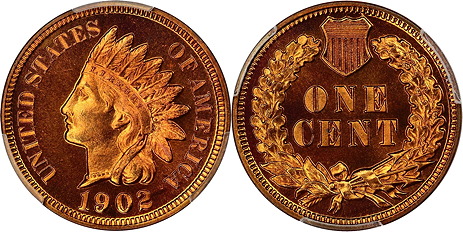
There are different theories about how the rumor began. The article below attributed it to a Brooklyn school superintendent. Another theory, offered over at coinbooks.org, said that it started as a joke told by a fish dealer named Alvah W. Haff:
On January 29, 1903, Mr. Haff bought 3,000 copper pennies from the bank. Someone who witnessed the transaction commented on the strange occurrence, and Mr. Haff jokingly explained that he was going to take the coins and get the gold out of them.
The story spread like wild fire and people began hoarding 1902 pennies.
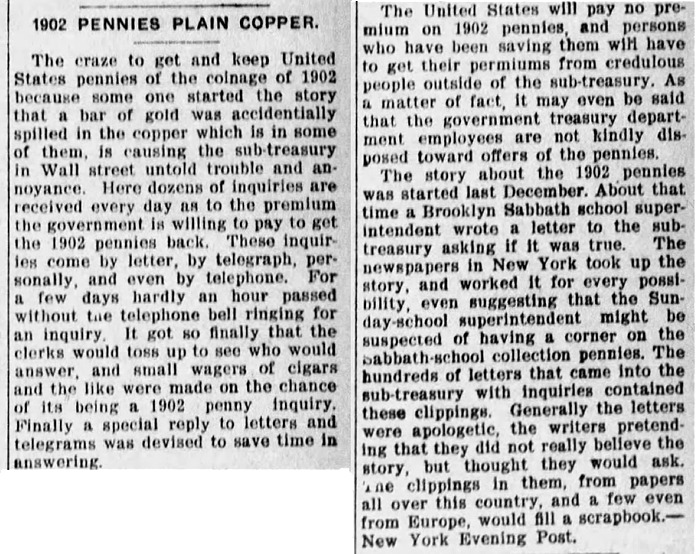
The Formoso New Era - Dec 11, 1903
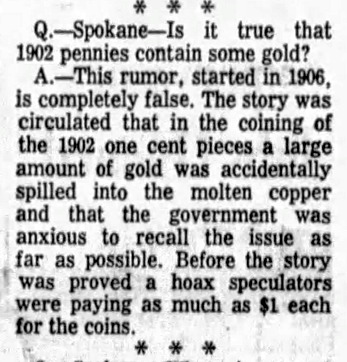
The Spokane Spokesman-Review - July 12, 1961
Posted By: Alex - Fri Jul 10, 2020 -
Comments (1)
Category: Confusion, Misunderstanding, and Incomprehension, Money, 1900s
“I have a trunkful of money to deposit”

Charlie Becker, midget trainer with Singer's Midgets, walked the smallest elephant of his troupe to Merchant's Bank, and made a deposit for Keith's Theatre. The elephant delivered the money satchel directly to the receiving teller
Source.
Posted By: Paul - Tue May 19, 2020 -
Comments (1)
Category: Animals, Money, 1920s
Matrimonial Delusions
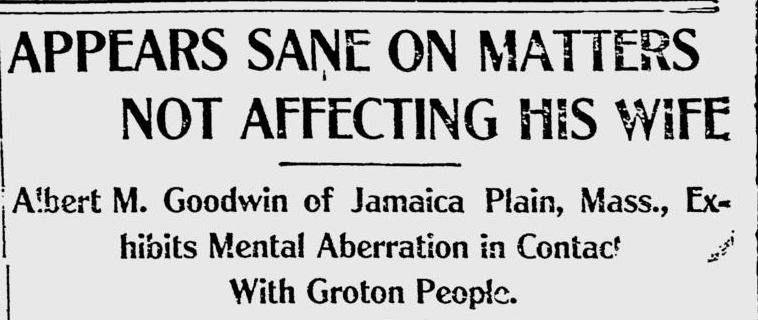
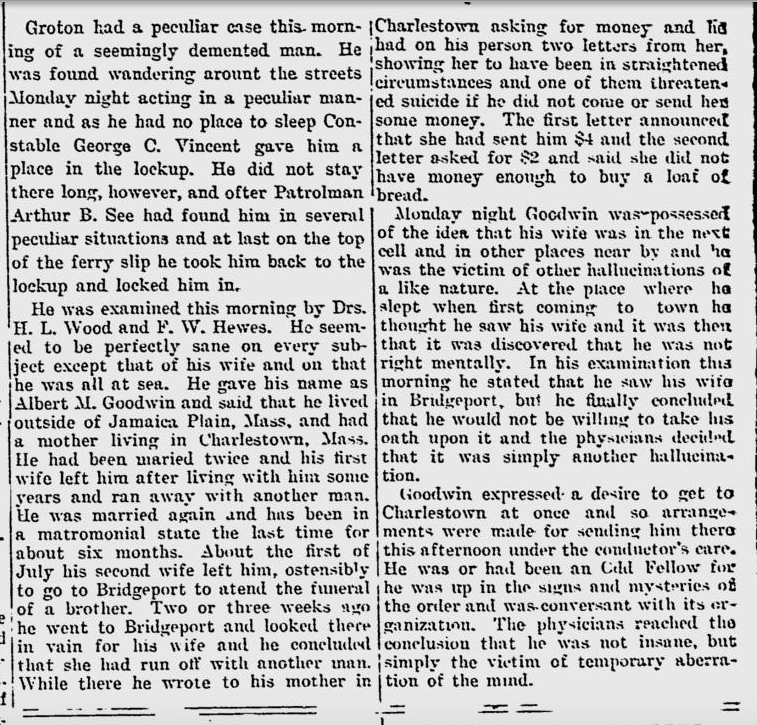
Source.
Posted By: Paul - Mon Apr 27, 2020 -
Comments (2)
Category: Bad Habits, Neuroses and Psychoses, Money, Husbands, Wives, 1900s
Money Tree
At the 1964 New York World’s Fair, American Express displayed a “money tree.” Its foliage consisted of a million dollars in currency and travelers' cheques from countries around the world.

source of images: worldsfaircommunity.org
You can buy a money tree bag on eBay for $95:

Posted By: Alex - Thu Mar 19, 2020 -
Comments (3)
Category: Money, 1960s
Albert in Blunderland
This'll get you hep to the real meaning of "socialism."
Posted By: Paul - Wed Mar 11, 2020 -
Comments (1)
Category: Dreams and Nightmares, Government, Insects and Spiders, Money, Work and Vocational Training, Cartoons
Turnpike Toll Gun
Introduced circa 1962 by Lyman Metal Products, the Turnpike Toll Gun allowed drivers to shoot quarters and nickels into toll baskets. I imagine that, nowadays, whipping one of these things out at a toll booth could get you in trouble. But it's still possible to pick one up on eBay if you gotta have one.

Source: airgunenthusiast.com
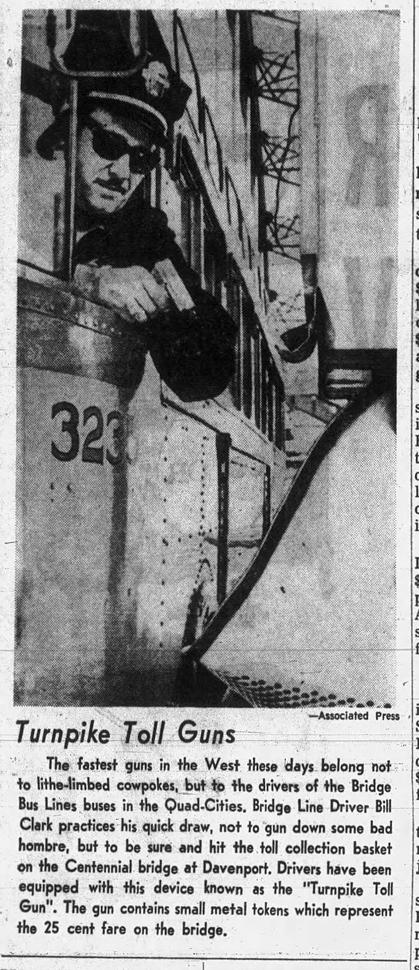
Cedar Rapids Gazette - Nov 4, 1965
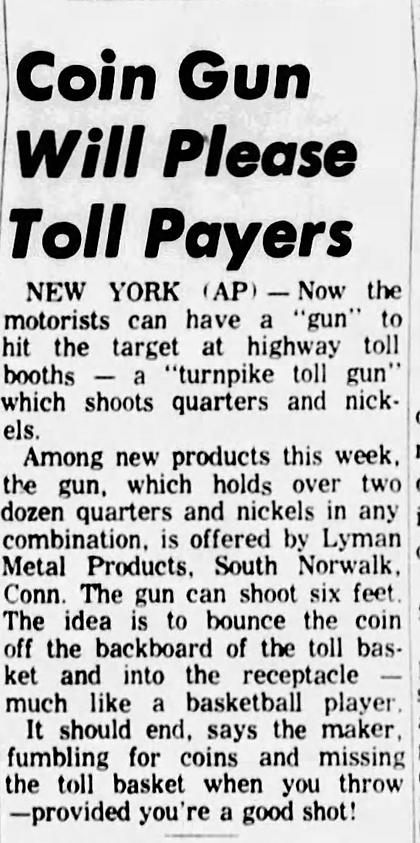
Spokane Chronicle - Jan 23, 1963
Posted By: Alex - Wed Jan 22, 2020 -
Comments (2)
Category: Guns, Money, Travel
Capitalist Man
The New York Post has an interview with the performance artist who calls himself "Capitalist Man." His gimmick is that he carries around a see-through briefcase, which he claims contains $500,000 in hundred-dollar bills, and he's trying to find someone willing to buy it for a million dollars.The price tag, he says, is "$500,000 for the cash, $500,000 for the concept." Any interested buyer gets to examine the bills before purchase.
Capitalist Man says that if someone does buy his briefcase full of money, his profit will go entirely to charity. But so far, he has no takers.

Image source: Facebook
Posted By: Alex - Thu Jan 16, 2020 -
Comments (4)
Category: Money, Performance Art
John Thoburn Williamson, Parsimonious Millionaire
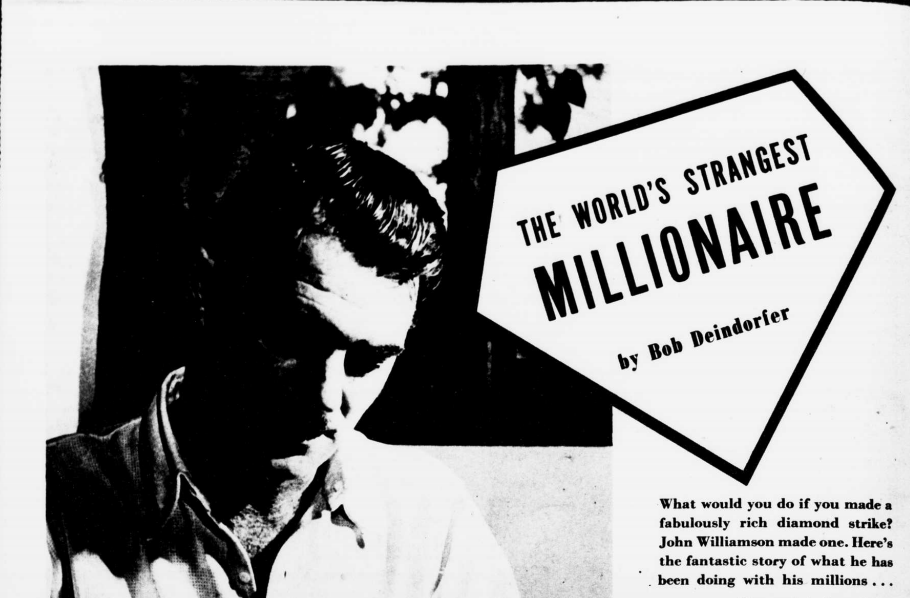
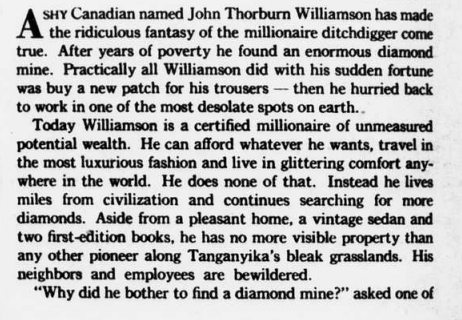
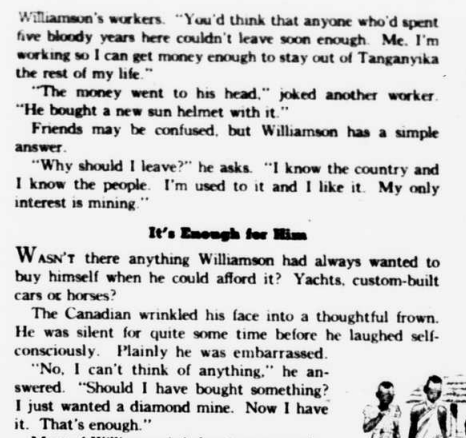
Source for story. (Follow whole text across multiple pages.)
His Wikipedia page.
Posted By: Paul - Thu Dec 19, 2019 -
Comments (0)
Category: Antisocial Activities, Eccentrics, Money, Twentieth Century
Minimum Wage Machine
Created by artist Blake Fall-Conroy:So, if this is installed in a museum, do people actually get to keep whatever money they get from it? I'm pretty sure some people would stand there cranking it all day.

Bad quality video of the machine in action:
via TYWKIWDBI
Posted By: Alex - Thu Oct 10, 2019 -
Comments (3)
Category: Art, Boredom, Money

| Who We Are |
|---|
| Alex Boese Alex is the creator and curator of the Museum of Hoaxes. He's also the author of various weird, non-fiction, science-themed books such as Elephants on Acid and Psychedelic Apes. Paul Di Filippo Paul has been paid to put weird ideas into fictional form for over thirty years, in his career as a noted science fiction writer. He has recently begun blogging on many curious topics with three fellow writers at The Inferior 4+1. Contact Us |




